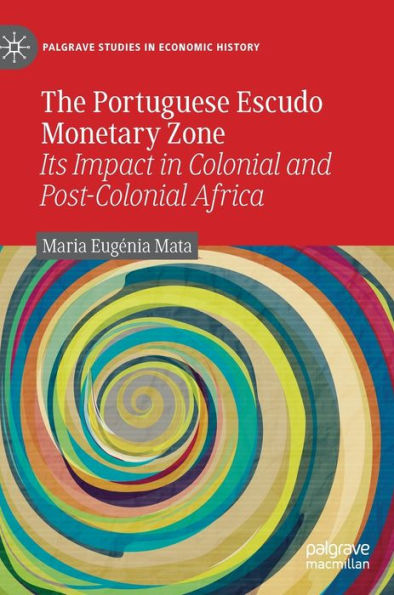5
1
9783030338565



The Portuguese Escudo Monetary Zone: Its Impact in Colonial and Post-Colonial Africa available in Hardcover, eBook

The Portuguese Escudo Monetary Zone: Its Impact in Colonial and Post-Colonial Africa
- ISBN-10:
- 3030338568
- ISBN-13:
- 9783030338565
- Pub. Date:
- 06/13/2020
- Publisher:
- Springer International Publishing
- ISBN-10:
- 3030338568
- ISBN-13:
- 9783030338565
- Pub. Date:
- 06/13/2020
- Publisher:
- Springer International Publishing

The Portuguese Escudo Monetary Zone: Its Impact in Colonial and Post-Colonial Africa
$109.99
109.99
In Stock

Product Details
| ISBN-13: | 9783030338565 |
|---|---|
| Publisher: | Springer International Publishing |
| Publication date: | 06/13/2020 |
| Series: | Palgrave Studies in Economic History |
| Edition description: | 1st ed. 2020 |
| Pages: | 265 |
| Product dimensions: | 5.83(w) x 8.27(h) x 0.00(d) |
About the Author
From the B&N Reads Blog
